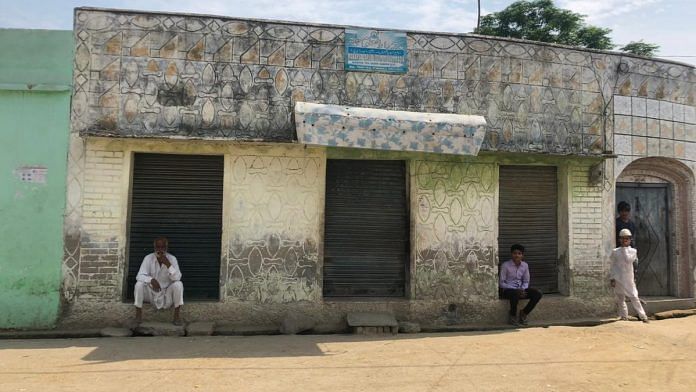Rampur: Nestled in Uttar Pradesh’s Rampur district, are a cluster of three villages — Agapur, Ajitpur and Mansurpur — located at a distance of 2 km from the Rampur railway station.
The nationwide lockdown turned the otherwise bustling lanes of these villages into a zone of distress and disappointment. Families now stand outside their homes, occasionally staring into the empty lanes, wondering when their lives will finally return to normalcy.
With schools shut, children have nowhere to go nor access to the online classes their urban counterparts do. They now spend their time sitting on verandas.
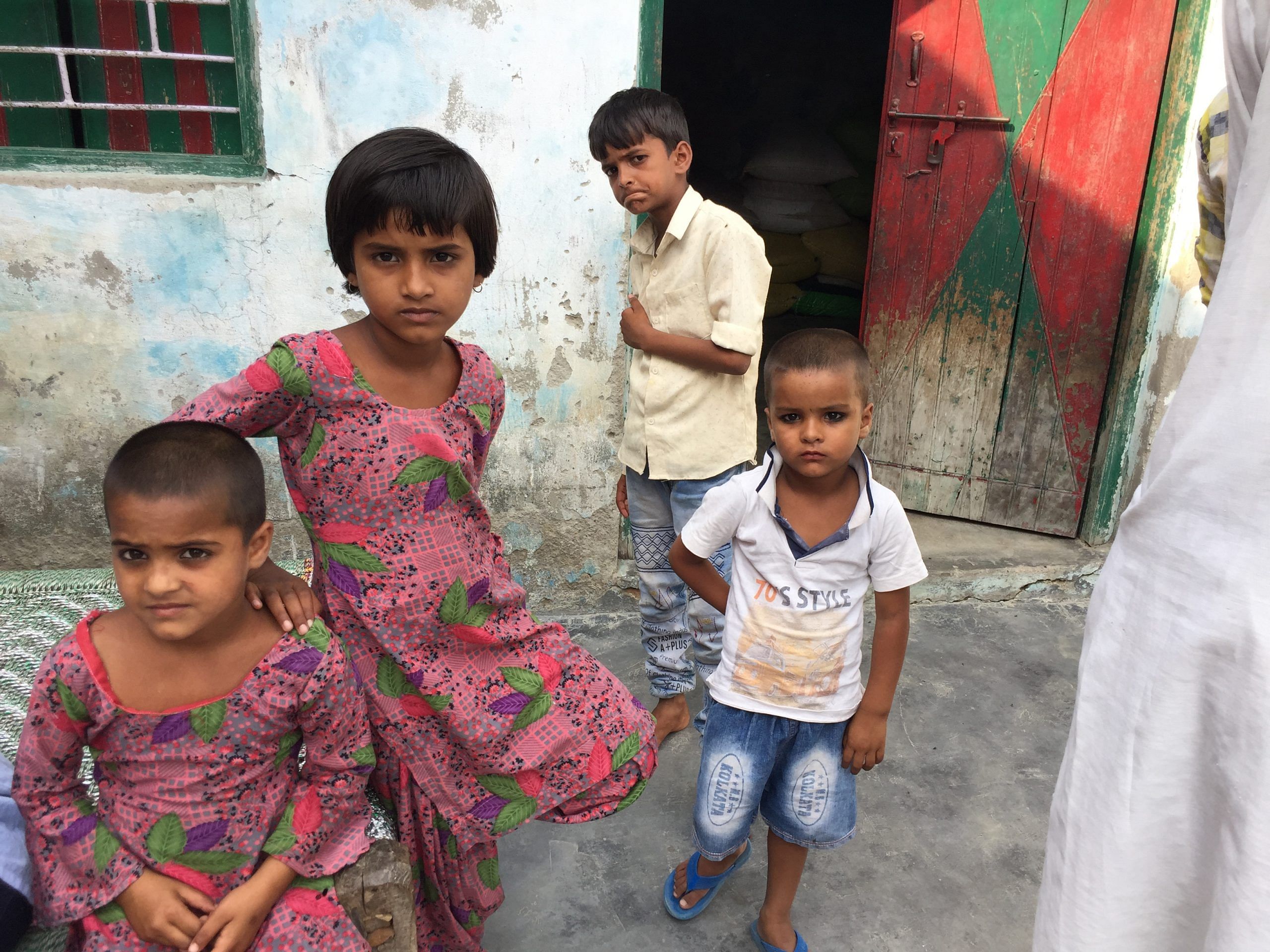
All three villages, like much of rural India, have agro-based economies that have been hit hard due to the Covid-19 outbreak. Farmers struggle every day to sell their harvest, and have incurred massive losses this season.
“We have been forced to sell our harvest at a much lower price this time, it is getting difficult to survive day by day. We have no other option than to bear the losses. Don’t know when all this will end … we have no clue if the next crop season will bring us any profits. The uncertainty is killing us from inside. This season we couldn’t sell most of our wheat harvest,” said Rustom Hussain, a farmer.
“The government had promised that they would facilitate the selling of the wheat harvest at the MSP (minimum support price) of Rs 1,925 per quintal, but nothing like that happened all this while. We have been forced to sell the crop to locals at Rs 1,720 per quintal,” Hussain added.
Many of these farmers are aware of the intensity of the Covid-19 pandemic. Their worry is predominantly about selling their stored harvest before it decays and what the next crop season will look like. Due to lack of labourers and machinery, this season’s harvesting has also been delayed.
Also read: UP farmers can now sell crops anywhere, don’t have to pay mandi tax on 46 vegetables, fruits
A tough Ramzan
A majority of the residents across all three villages are Muslim, especially in Agapur and Mansurpur. It’s the holy month of Ramzan, which means people fast through the day, from sunrise to sunset.
Faizana, a mother of four in Mansurpur, worries about how they will manage. “My husband has been out of work for the last two months. We are a family of six… how do we manage?” The 40-year-old now reads the Quran through most of the days, and hopes Allah will hear her prayers.
“Ramzan is not the same this year. We eat whatever little we can manage in the entire day for Iftarri. We have no money, but milk is still being sold at Rs 50 per litre,” she added.
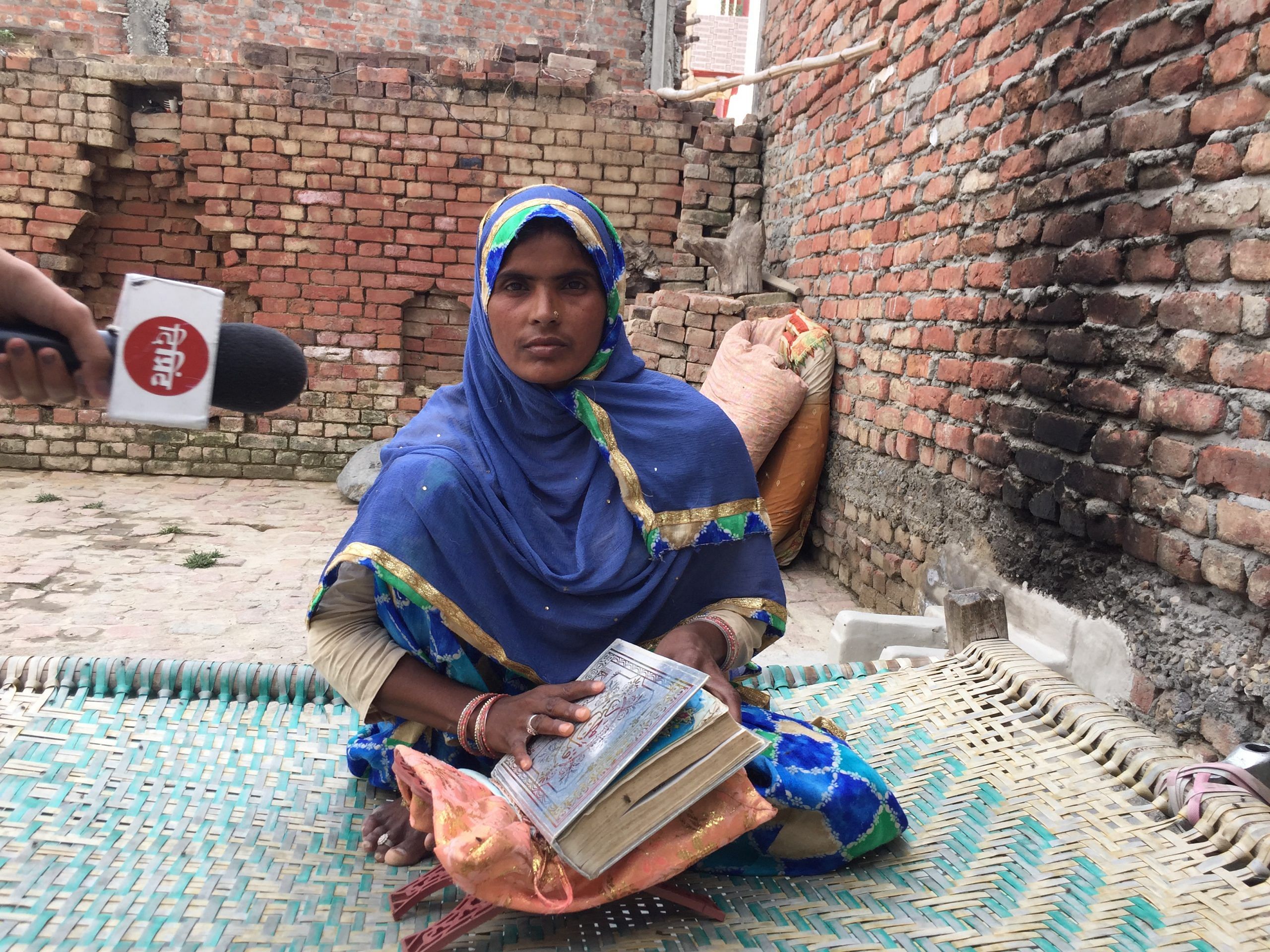
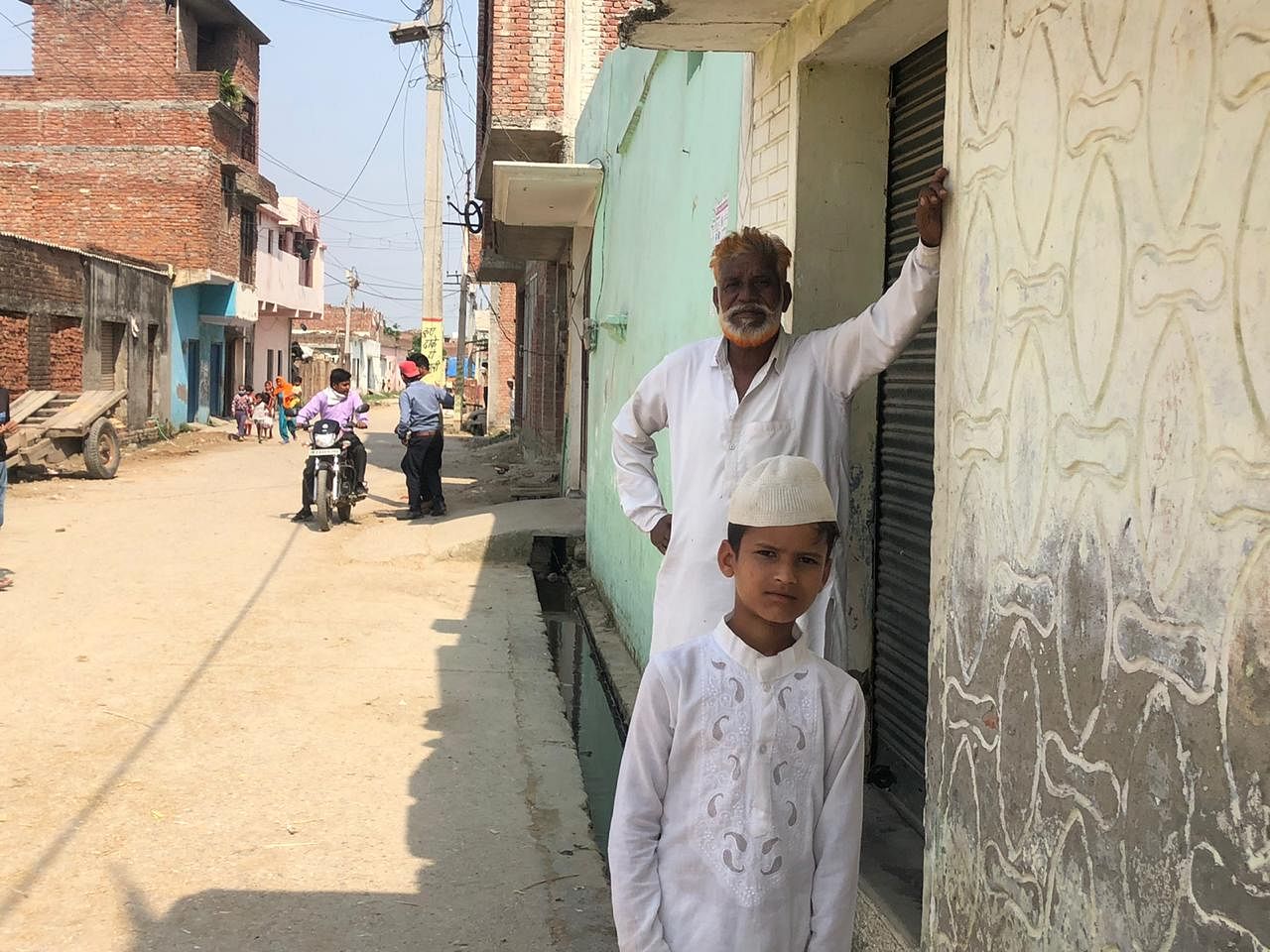
The situation isn’t very different for 60-year-old Noor Mohammed, who has to feed a family of eight.
“I don’t know what to do now… Our lives have come to a standstill. No point going to the farmland, there is hardly anybody here who will buy the Rabi crop or to help plough the fields for sowing,” said Noor who lives in Agapur.
It isn’t just the farmers, but milk traders and local shopkeepers — who were permitted to keep their trade open during the lockdown — have also been affected.
“People buy milk according to their income. Now, everybody is facing hardships… if they bought two litres before, now they buy only a litre. Since the lockdown, the milk intake has also lessened,” said Nanni, a milk seller who owns four buffaloes and two calves.
In one of the congested lanes of these clustered villages is Ameer Ahmed’s kirana shop, which he’s been running for the past 12 years. Speaking to ThePrint, he said the ‘udhari‘ (credit) in his shop has increased manifold.
“People are out of work, how will they pay? Some debts have increased upto Rs 5,000 … we can no longer afford to lend,” he added.
Also read: Why India’s rural economy stands to gain after the lockdown is lifted
Community first
As distressing as times have become, farmers and local traders don’t hesitate to help the migrant workers they come across. The workers, who have been leaving cities in waves, often rest in the farms or hide behind trees from police. If caught, they are sent to quarantine camps, delaying their arrival home.
“How can the government make these migrant labourers suffer like this? Without them, nobody will have food on their plates. We can’t ignore their distress, so whatever little food and other items we can afford, we give them. Some of them even faint for the lack of food and water,” a farmer, who was providing water to one of the migrant labourers told ThePrint.
“Every day, 500-1,000 migrants cross the area,” he added.
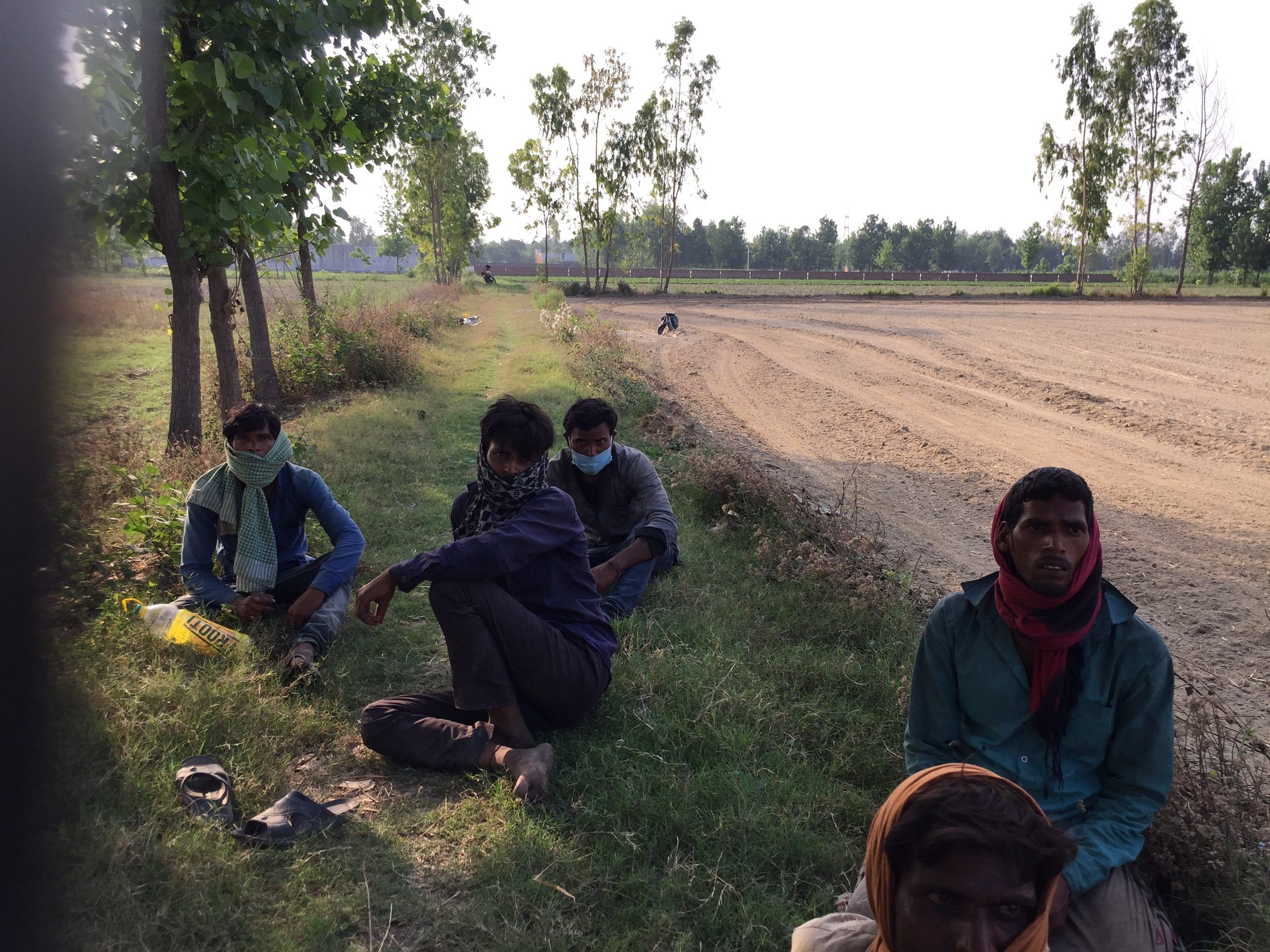
A group of eight migrant labourers travelled all the way from Haryana on foot for a week days in order to reach their native homes in Gorakhpur.
“We have been travelling for eight days now. Some of us have been caught by police,” said Arvind, who complained that he hadn’t eaten any solid food in all this time.
Another migrant, Dharmraj, told ThePrint that half way through their journey, they had to leave their belongings because it got too difficult to walk with the load.
“If police don’t catch us, then we can reach Gorakhpur in two-three days, otherwise it will take at least another six days,” said Ramu. “I just want to see my children,” he said.
All eight of them had no knowledge about what Covid-19 is or the practice and need for social distancing.
The district magistrate’s information officer Sumit Kumar Bharti told ThePrint that as of now, Rampur has nine active cases, down from the first 24 positive cases that were reported. Fifteen have recovered since, who were sent back home.
Also read: ‘Easier to survive in village’ — it’s a long journey home for Delhi labourers with no work


